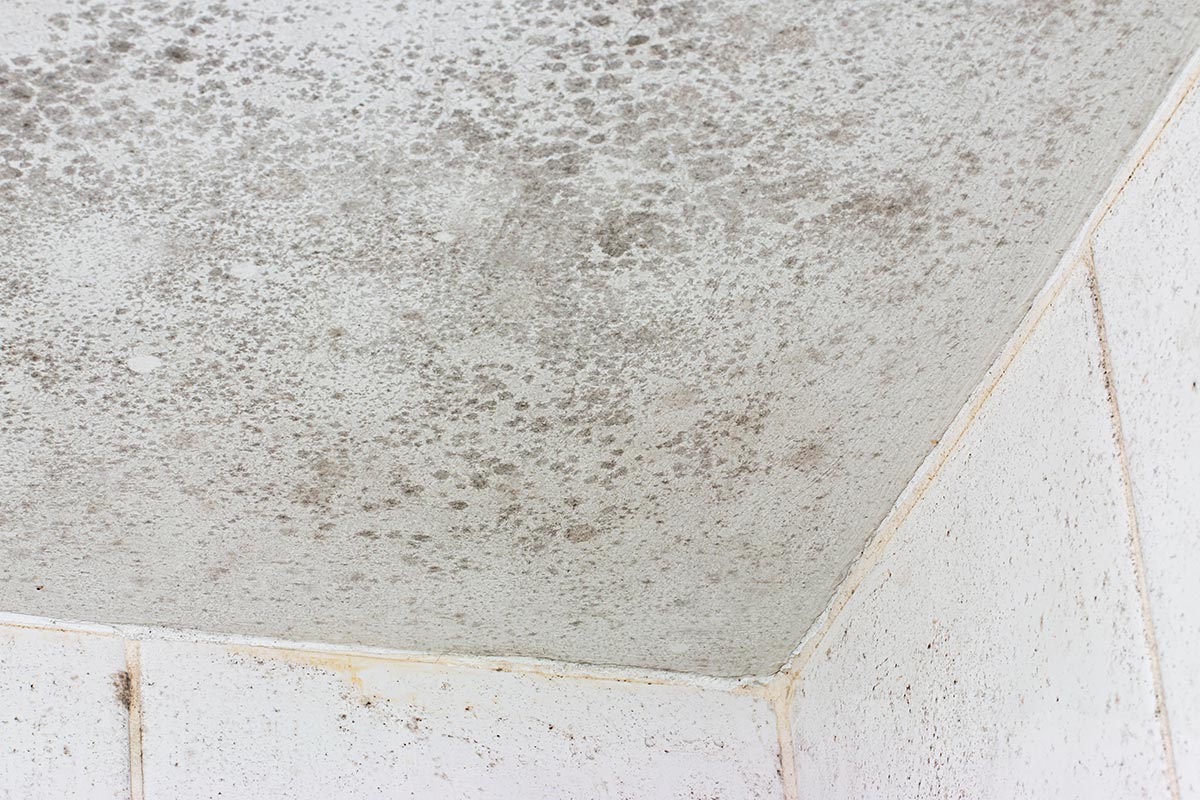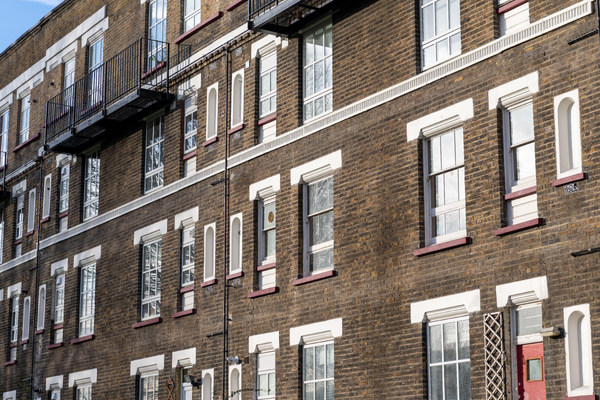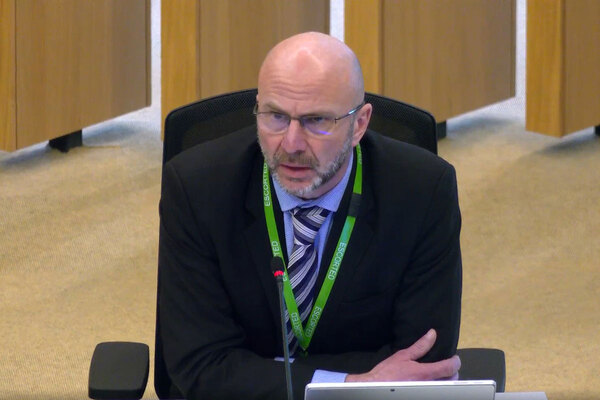You are viewing 1 of your 1 free articles
Two severe maladministration findings for Sanctuary after letting damp ‘fester’
The Housing Ombudsman has ordered Sanctuary to pay a resident more than £5,600 in compensation and apologise after it ignored a contractor’s advice and left damp to “fester”.
The agency made two findings of severe maladministration, as it said the 116,000-home landlord left the resident and her son living in damp and mould for years in a two-bedroom flat and then failed to provide proper redress.
The north London resident claimed that because of these failings, in which the bathroom, living room, two bedrooms and hallway of her flat were all affected, she and her child have been diagnosed with asthma, according to the ombudsman.
The agency said it had not seen evidence of the resident’s medical issues, but had no reason to doubt the claims.
Sanctuary accepted the findings and vowed to learn from its “mistakes”.
The resident said she had been dealing with damp in her home for more than a decade.
A report on the case said she first noticed mould in 2008 and reported it to the landlord, but no action was taken.
After several more reports, she made a formal complaint regarding the damp and mould in 2016 and surveyors inspected the flat in May 2016, 2017, 2018 and 2019, according to the resident.
She contacted Sanctuary in July 2019 to request that the tiling in her bathroom – the need for which was identified following complaints she made in 2018 – be completed in September 2019.
In November, the resident emailed Sanctuary, describing the bathroom as “extremely mouldy” and said conditions were “unhealthy”.
She contacted the landlord to book the work, but said she received no response.
In December, she emailed again, stating that damp and mould were growing “everywhere” and that it was impacting her health.
Although a few delays to the initial inspection of the damp and mould were down to the resident, the ombudsman said, it found there was over a year’s delay due to Sanctuary’s failings.
The housing association was unable to provide the ombudsman with any reports or surveys conducted on the home.
Sanctuary also dismissed a contractor report after receiving a second one that did not match the initial findings, the ombudsman said.
There were also three occasions over a 10-month period where either a surveyor or operative missed an appointment and then failed to communicate with the resident, according to the ombudsman.
When Sanctuary did works on the bedroom for damp, it took only 12 days before the problem returned, the report said.
It was eventually determined to be caused by the issues the initial contractor had raised but which the landlord subsequently dismissed.
This meant the problem was finally fixed four months after the dismissed report, and two months after the resident reported damp again after the initial repair attempt.
The second finding of severe maladministration related to the landlord’s handling of the resident’s complaint, including her request for compensation for items damaged by mould.
Sanctuary failed to provide the resident with details of how to make a claim on its insurance and act reasonably in accordance with its own policy, the ombudsman said.
On top of the compensation, the ombudsman ordered the landlord to apologise to the resident in person and review its staff training on not closing a complaint early until an issue has been resolved.
Richard Blakeway, the housing ombudsman, said: “The landlord’s actions were dismissive of a young family living with damp and mould.
“It delayed unreasonably in inspecting and rectifying the damp and mould. It failed to act on the advice of its own experts to identify the source of the leak and to resolve this before commencing internal works.
“In failing to do this, the landlord had to complete some of the repair works twice, which further delayed final resolution and caused the resident further distress and inconvenience.”
Mr Blakeway said the sector had taken important steps to address damp and mould “and it is vital landlords use this time before the winter months to ensure their response to reports is robust”.
“This case also shows the importance of not closing complaints early without satisfactory resolution.
“I also welcome the lessons the landlord has actioned from this case and the extensive steps it is taking to develop its approach on damp and mould,” he said.
In a statement, Sanctuary said it was sorry that its service “fell below the standard we set ourselves” and confirmed that a senior member of staff has personally apologised to the resident for letting them down.
It said: “All our customers have the right to live in a safe and well-maintained home, free from damp and mould, and should expect to have any issues dealt with quickly and efficiently.
“We will learn from our mistakes and use this case to drive improvements.
“We accept the ombudsman’s findings and have fully complied with the orders made.”
Sanctuary set up a damp and mould task force last November and published its approach to damp and mould online.
“We have reviewed our approach to complaints, increased the number of people in our complaints-handling team and invested in additional complaints training to improve our communication with customers.
“Our enhanced processes give greater visibility of open complaints and associated repairs to ensure effective resolution for our customers.
“Our customers come first and we remain focused on improving our approach to learning from complaints so that we can continue to drive positive change and ensure customers receive a quality service and experience,” it said.
Sign up for our asset management newsletter
Already have an account? Click here to manage your newsletters











